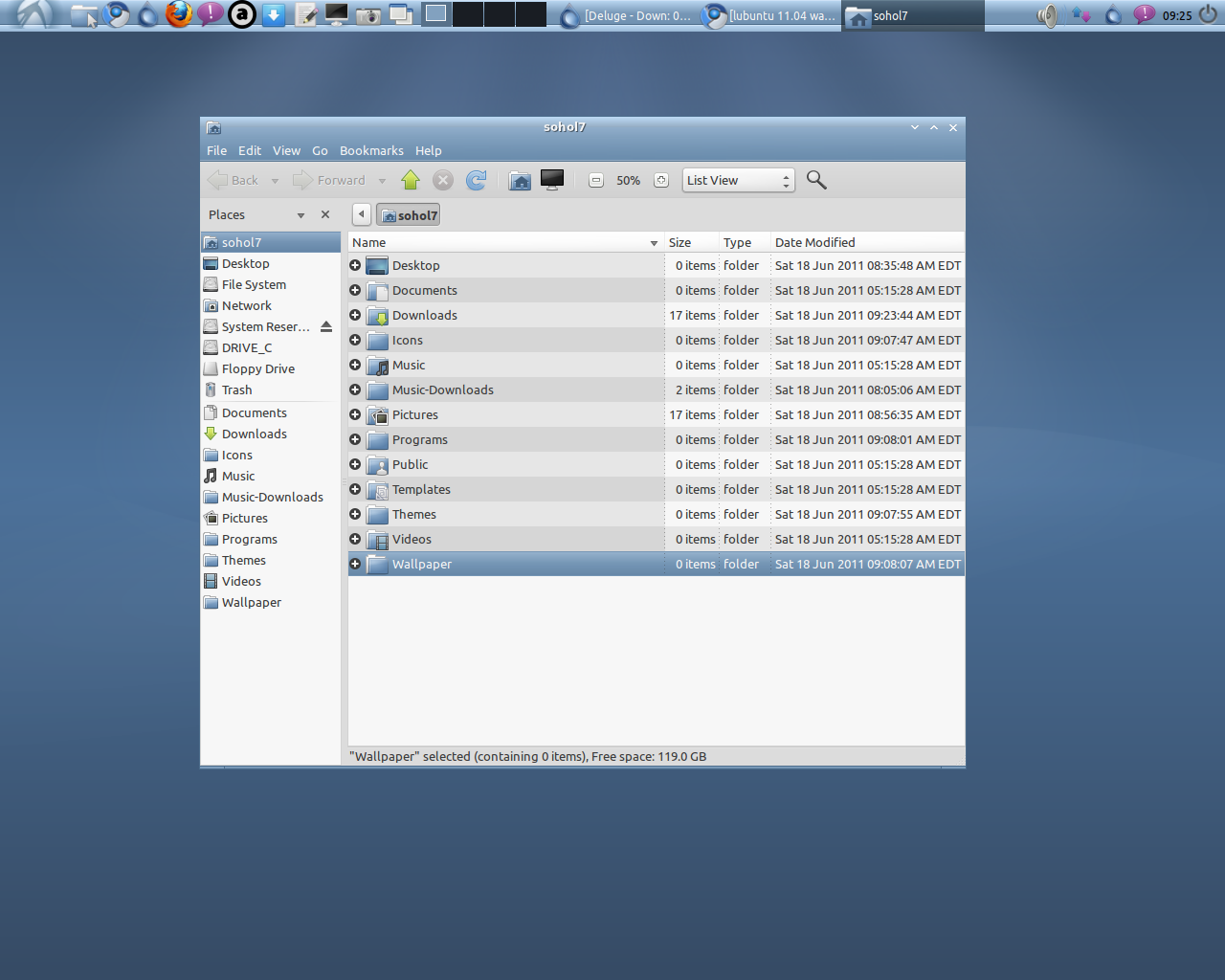

Other special filesystem types contain files that do not actually exist on any disk or file server. These different filesystem types correspond to different network protocols for accessing files on another system.
XEOMA ALTERNATIVE LINUX WINDOWS
However, it is running Windows then an smbfs filesystem must be used instead. If the file server is running Unix, then an nfs filesystem is usually mounted to access its files. There are also filesystem types for different methods of accessing file servers across a network. Every local filesystem type uses a different format for storing data on disk, so if a partition has been formatted as a filesystem of a particular type, then it must be mounted as that type. Many other local filesystem types exist, such as iso-9660 for CD-ROMs, vfat for Windows partitions, and xfs and reiserfs for high performance file access. On Linux, the filesystems on your hard disks will probably be in ext2 or ext3 format. Unix systems support many different kinds of filesystem, some for files stored on local hard disks and some for files on networked file servers. If you have multiple hard disks in your system, you will normally need to mount at least one filesystem from each in order to make use of them. Each filesystem is normally stored on one partition of one disk, so it is possible to have multiple filesystems of different types on the same hard disk - one for Linux and one for Windows for example. The set ofįiles that is actually mounted at a mount point is called a filesystem.Īll operating systems divide each hard disk up into partitions, each of which can be a different size. The root directory is also a mount point, almost always for a partition on a hard disk in your machine. For example, /home may be a mount point for a different hard disk on your system, and /usr/local may be the mount point for files that are shared from another server. Instead, different hard disks, CD-ROMs, floppy disks and network drives are attached to the directory tree at different places, called mount points. Drive letters used by other operating systems (like Windows) to identify different hard disks or network drives do not exist. On a Unix system, all files exist in a tree or directories under the root / directory.

2 The Disk and Network Filesystems module.


 0 kommentar(er)
0 kommentar(er)
